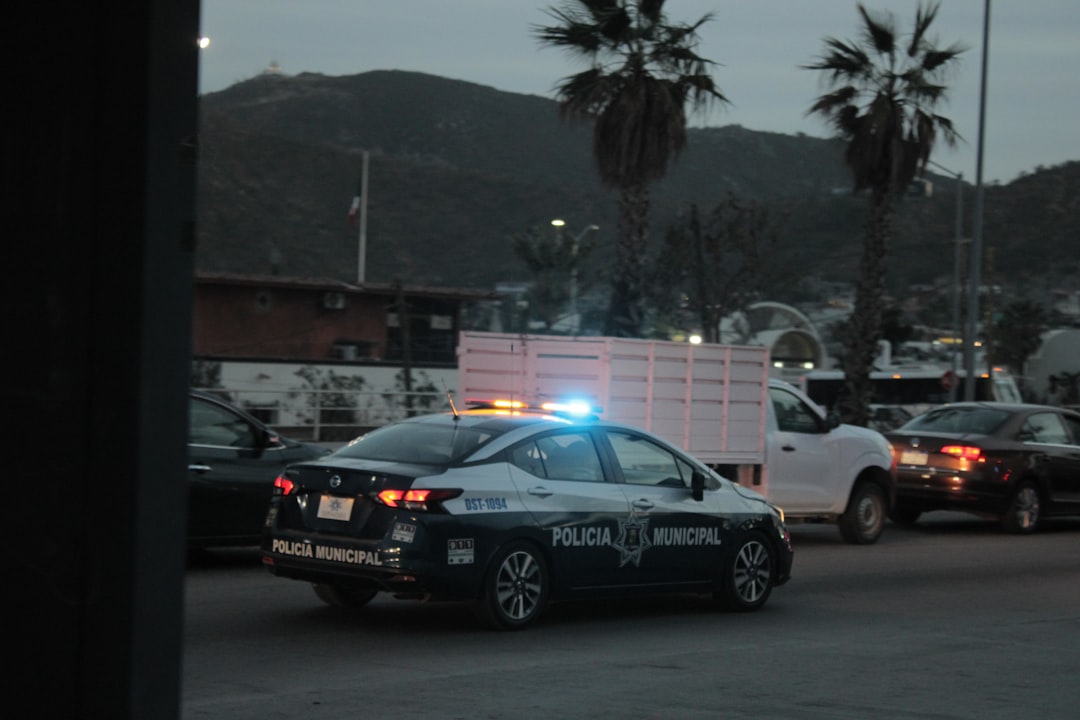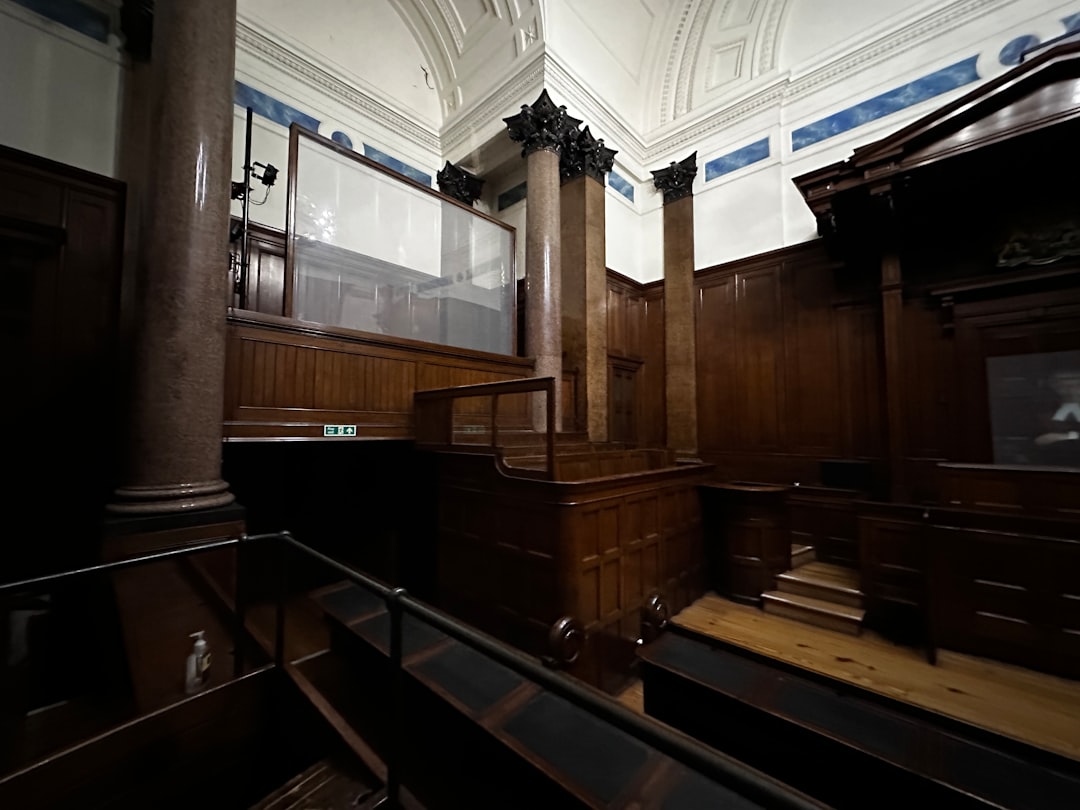The assassination of President John F. Kennedy in 1963 remains one of the most debated events in American history. With the recent release of previously undisclosed files, new insights have emerged regarding Lee Harvey Oswald, the man accused of the assassination. These revelations provide a fresh perspective on Oswald’s life, motivations, and possible connections, offering a deeper understanding of this enigmatic figure.
Background of Lee Harvey Oswald

Lee Harvey Oswald, born on October 18, 1939, in New Orleans, Louisiana, experienced a tumultuous childhood. Raised by a single mother after his father’s death, Oswald’s early years were marked by financial struggles and frequent relocations. His rebellious nature emerged during adolescence, leading to minor criminal activities. At the age of 17, he joined the U.S. Marine Corps, where he honed his skills as a marksman. This military background would later become a focal point in discussions about his capability to assassinate President Kennedy. Oswald’s service in the Marines from 1956 to 1959 was a transformative period, shaping his worldview and interests.
New Insights from Unsealed Files

The recently unsealed files reveal several intriguing aspects of Oswald’s life that were previously unknown. Among the documents are surveillance reports indicating that the FBI had been monitoring him for years due to suspected communist affiliations. These files suggest that Oswald had connections with individuals linked to foreign intelligence agencies, raising questions about whether he acted alone or as part of a larger conspiracy. The new information challenges the long-held belief that Oswald was a lone gunman, suggesting that his actions may have been influenced by external factors.
Oswald’s Political Affiliations

Oswald’s political beliefs were complex, often contradicting each other. He identified as a Marxist and was actively involved with various leftist organizations throughout his life. The unsealed files provide evidence of his involvement with the Fair Play for Cuba Committee, a pro-Cuban group advocating for the Cuban Revolution. In 1963, Oswald’s political activism in New Orleans included distributing pro-Castro literature and engaging in heated debates with anti-Castro activists. These affiliations paint a portrait of a man deeply engaged in political discourse, potentially motivating his actions on the day of the assassination.
The Day of the Assassination

On November 22, 1963, President Kennedy was assassinated while riding in a motorcade through Dealey Plaza in Dallas, Texas. Oswald was apprehended later that day at a movie theater, and the unsealed files provide new details about his behavior during this critical time. During interrogation, Oswald remained defiant and evasive, famously proclaiming, “I’m just a patsy!” This assertion has fueled numerous conspiracy theories surrounding the assassination. The files also depict the chaotic atmosphere in Dallas as law enforcement hurried to piece together the events leading to Kennedy’s death.
Conspiracy Theories and Speculations

The assassination of JFK has given rise to countless conspiracy theories, many fueled by the ambiguity surrounding Oswald’s actions and motives. The newly released documents add fuel to the fire, raising more questions than answers. Some theories suggest CIA involvement due to Kennedy’s perceived lack of support for anti-Castro efforts. Others propose that organized crime played a role, considering the Kennedy administration’s crackdown on mob activities. While the unsealed files do not provide conclusive proof of these theories, they highlight the murky waters surrounding Oswald’s life and the events leading up to the assassination.
The Impact of the Unsealed Files

The release of these files has reignited public interest in the JFK assassination and Lee Harvey Oswald. Historians, researchers, and conspiracy theorists alike are delving into the documents for clues and insights. The impact of these revelations includes renewed research, with scholars revisiting the assassination through fresh perspectives. Additionally, public discourse has been sparked, with many expressing their opinions on Oswald’s guilt or innocence. As more information comes to light, the legacy of JFK’s assassination continues to evolve, keeping the debate alive.
Oswald’s Defection to the Soviet Union

In 1959, Oswald made a bold move by defecting to the Soviet Union, openly expressing his disillusionment with American capitalism. He settled in Minsk, where he lived for nearly three years before returning to the United States in 1962. This period in the Soviet Union was pivotal in shaping his beliefs and possibly influencing his subsequent actions. The unsealed files shed light on his interactions during this time, hinting at connections with foreign individuals that further complicate the narrative of his life.
Oswald’s Return to the United States

Upon his return to the United States in 1962, Oswald’s life took another turn. He settled in Dallas, Texas, with his Russian wife, Marina. His reintegration into American society was fraught with challenges, as he struggled to find stable employment and reconcile his past experiences with his new reality. The unsealed files provide insights into his activities during this period, highlighting his continued involvement in political activism and his interactions with various individuals who may have influenced his actions.
Oswald’s Infamous Legacy

The legacy of Lee Harvey Oswald is one of mystery and controversy. Despite the vast amount of research and speculation surrounding his life, many questions remain unanswered. The unsealed files add layers to his story, offering glimpses into his motivations and potential connections. As historians and researchers continue to analyze these documents, Oswald’s place in history as a complex and enigmatic figure is solidified. The ongoing debate about his role in the assassination ensures that his legacy will remain a topic of fascination for years to come.
Final Reflections on the Unsealed Files

The unsealed JFK assassination files provide a wealth of new information about Lee Harvey Oswald, offering insights into his life, motivations, and potential connections to broader conspiracies. While many questions remain unanswered, these revelations contribute to our understanding of one of the most significant events in American history. As researchers continue to analyze the documents, the story of Oswald and the assassination of JFK will undoubtedly remain a topic of fascination and debate for years to come.








